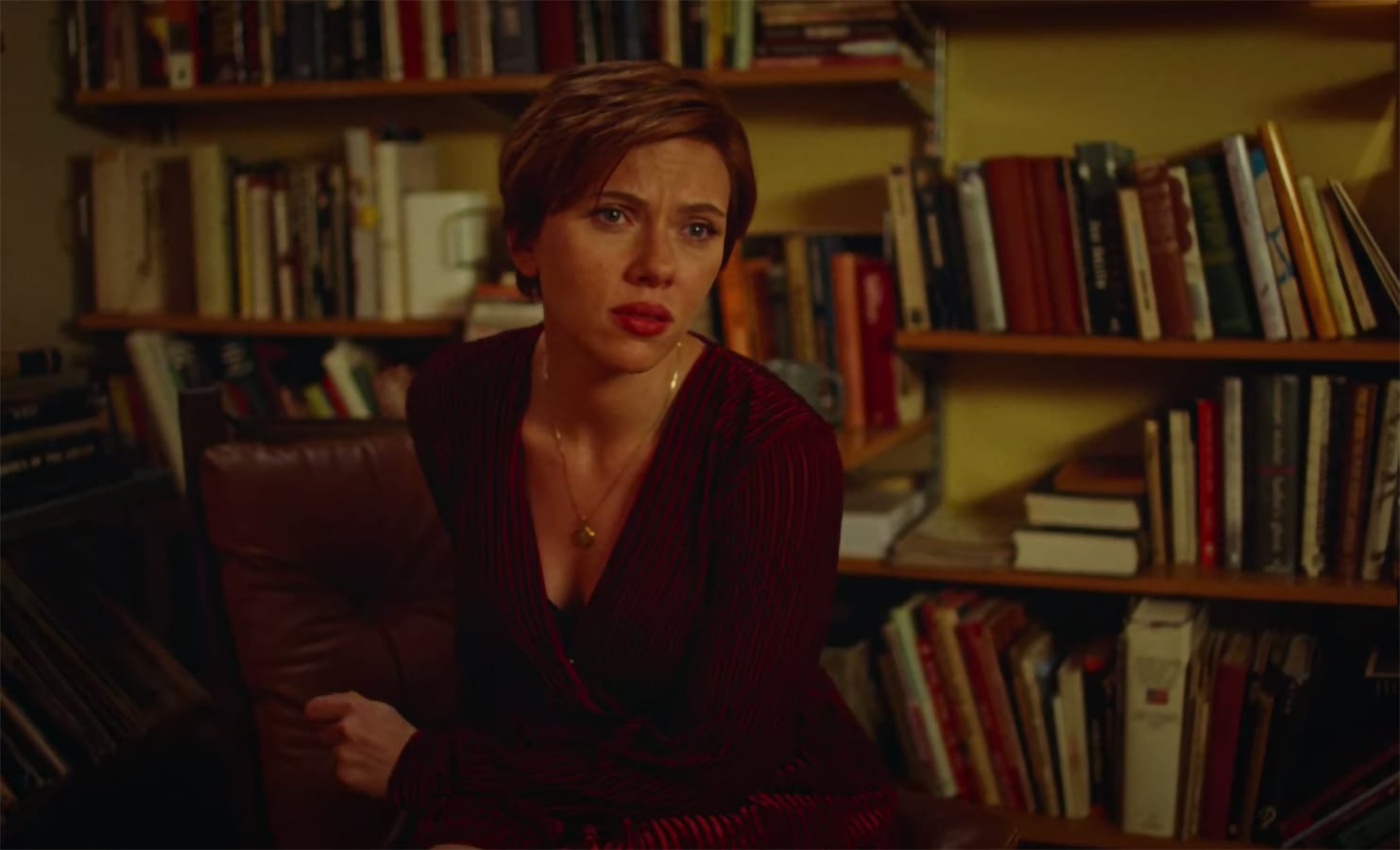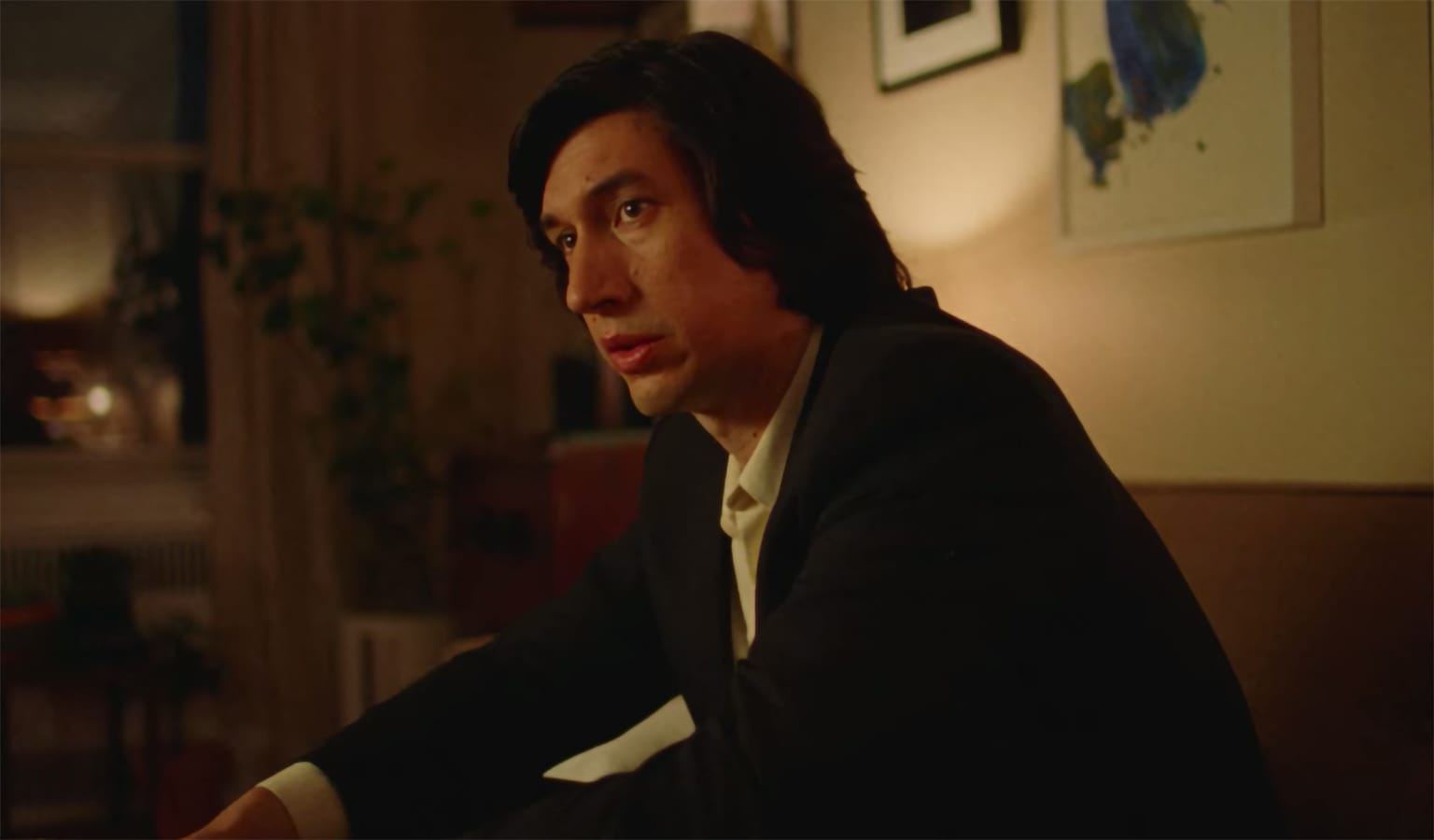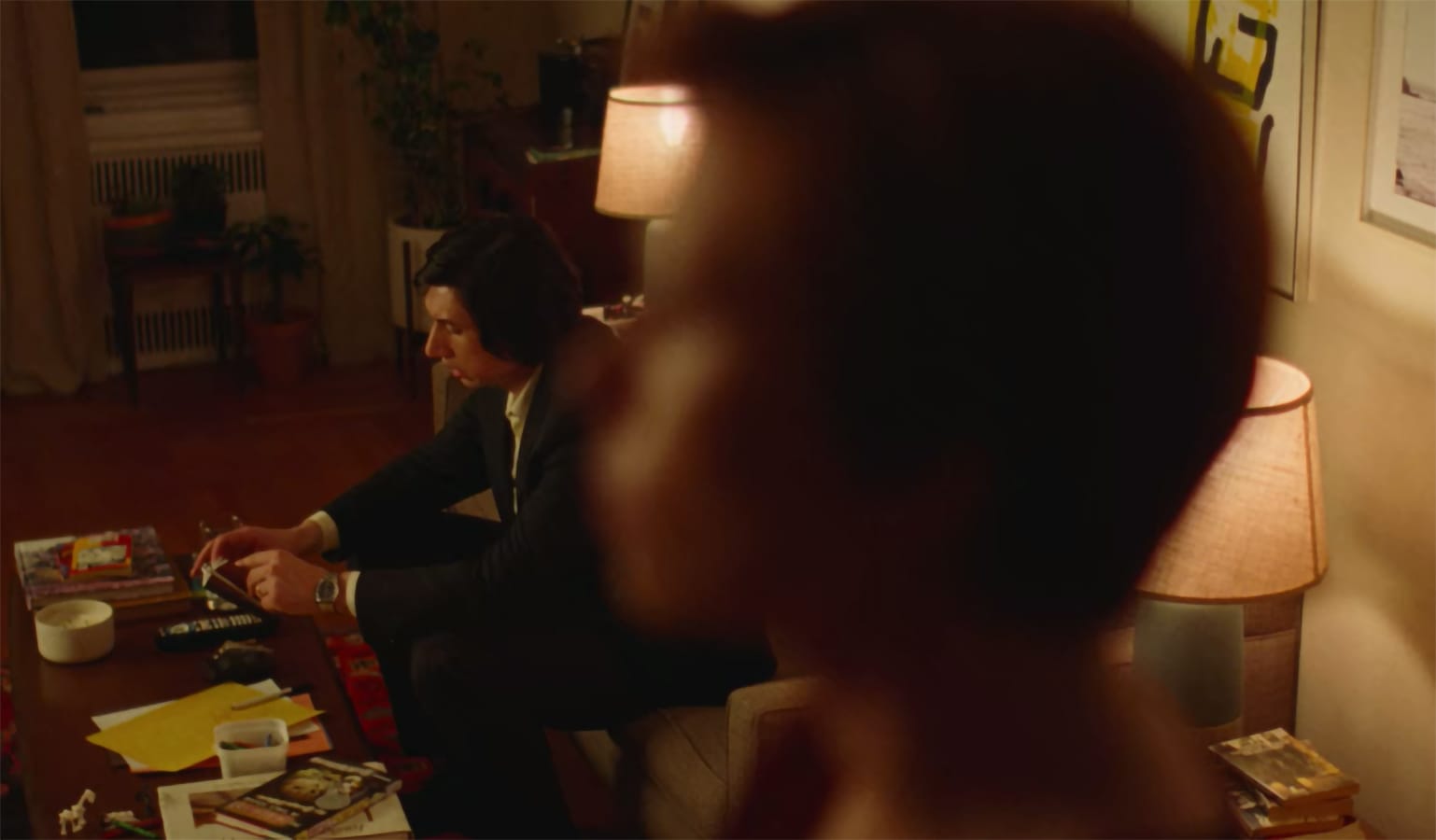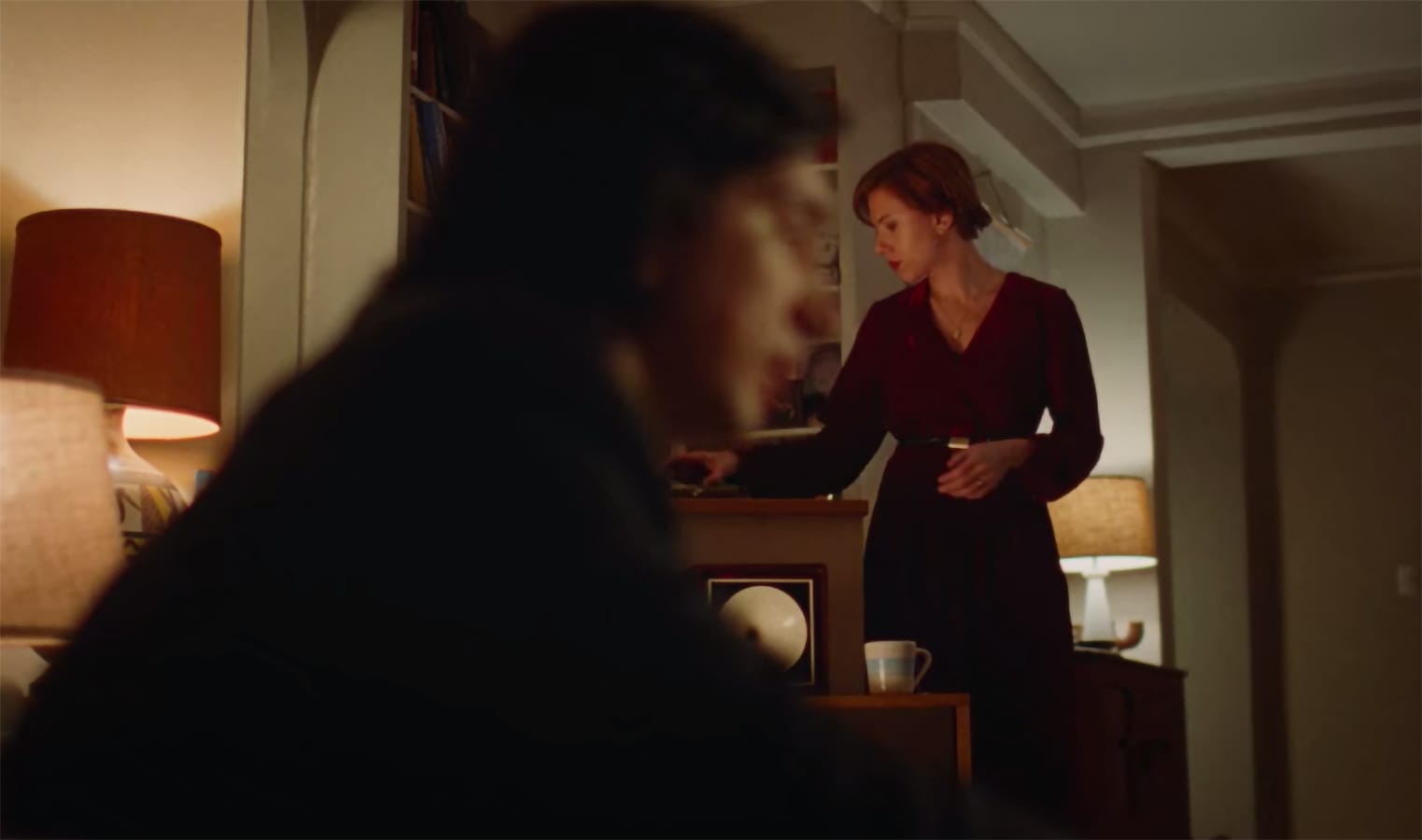RELATED ARTICLE
The Squid and the Whale: 4 Way Street
By Kent Jones
The Criterion Collection

When it comes to building a genuine relationship between characters on-screen, how do you capture the feeling of a shared history? How much begins with what’s written on the page, and how much relies on the chemistry between actors or the way the camera frames their bodies in space? Recently I got a chance to talk with writer-director Noah Baumbach about these questions in relation to Marriage Story, one of the most acclaimed movies of the past year. Baumbach’s latest film chronicles the painful divorce of Charlie (Adam Driver), a New York theater director, and Nicole (Scarlett Johansson), an actor starting a new chapter in Los Angeles, both vying for custody of their young son. It’s a sharply constructed drama that draws on everything Baumbach has learned through his own moviegoing and filmmaking about how to evoke the heartbreak and humor of everyday life. During our phone conversation, we chatted about how his favorite films, his collaborators, and the influence of Stephen Sondheim guided him in the making of this movie.
Can you tell me about how you first began crafting the relationship between Charlie and Nicole?
From the beginning it was important for me to tell a love story while also telling the story of a divorce. I didn’t know exactly what I was writing at first, but I sat down with all these notes and ideas I’d collected over the years and knew I wanted to make something that would be evenhanded—in essence, to tell two people’s stories. What was interesting to me was that on one hand you have the story of a marriage, which makes two people’s stories singular by design, but then you have the story of a divorce, which takes the unified couple and turns their lives into two stories. So I thought if I followed this idea, it would help guide me through the narrative.
How did you approach writing this couple and imbuing them with a sense of intimacy when we’re only meeting them for the first time after their relationship has fractured?
It’s a challenge because you’re starting at the end. How do you invest people in a story that’s already over? What helped me do that was realizing that even though it’s the end of the marriage, it’s not the end of their story. We’re going to learn about the marriage, but we’re also going to experience it while they divorce. The opening montages give you an emotional experience of their day-to-day life. You get a visceral sense of the life of this family, the depths of what they see and love about each other. In marriage, people’s lives become intertwined, so when it comes to an end, how do you pull these stories apart, or do you?



